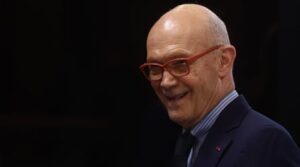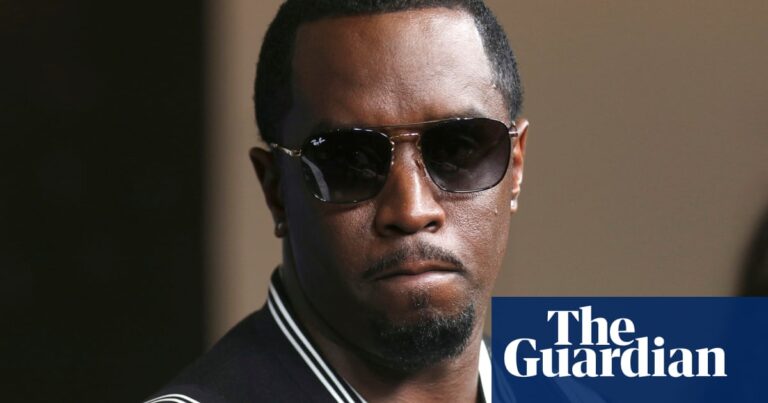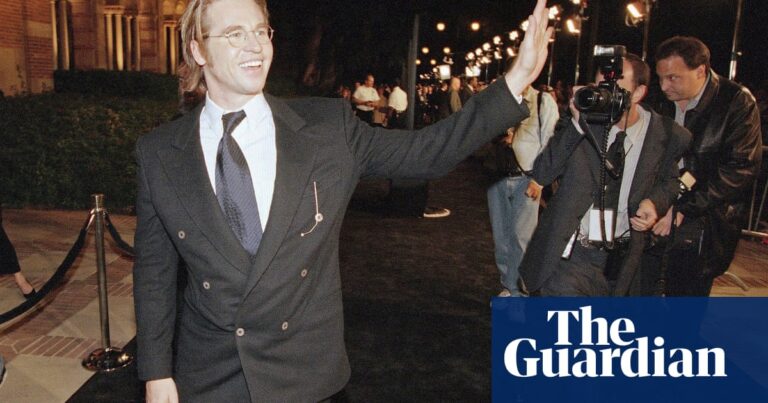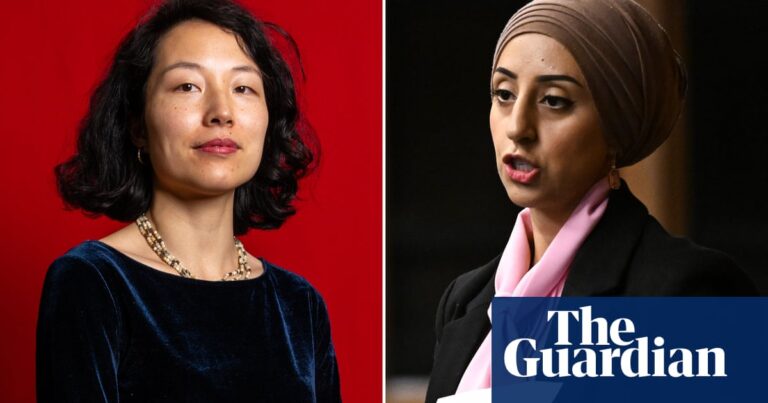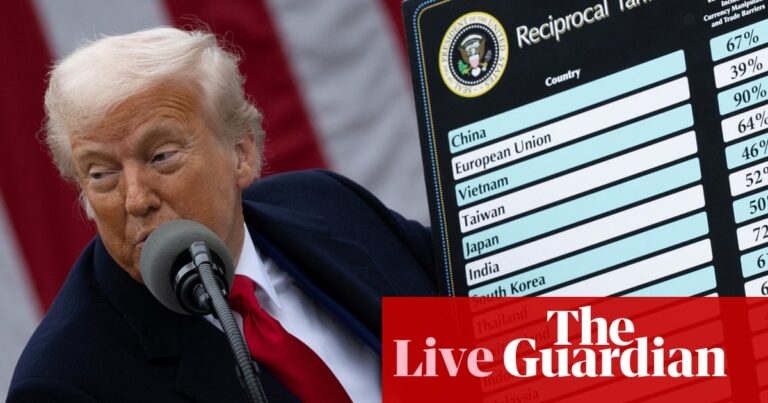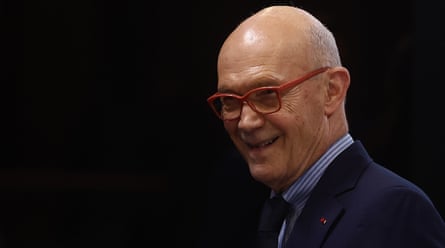The cruel and unwelcoming fashion magazine editor at the icy heart of 2006 comedy hit The Devil Wears Prada may not strike many viewers as Meryl Streep’s most relatable role.
But in a stage interview at the Cannes film festival the veteran film actor revealed that her turn as Miranda Priestly, the boss from hell, was the first role she played that caused men to come up to her afterwards and say they knew exactly how she felt.
“It was more than one man that came and said, ‘I know how you felt. I know what it’s like to be the one to take the decisions. And nobody understands you,’” said Streep, who received an honorary Palme d’Or at the world’s largest film festival on Tuesday night.
A long-time campaigner for equal pay in the film industry, Streep reflected that the persistent gender pay gap in Hollywood was “not always just about money”, but linked to male viewers’ and male film executives’ problems seeing themselves reflected in female roles.
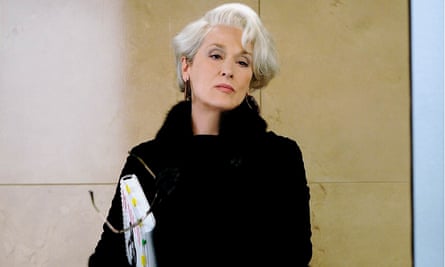
“Movies are a projection of people’s dreams, and even executives have dreams,” Streep told a packed auditorium at the Théâtre Debussy. “They’re living their fantasy. Before there were women in greenlight positions at studios, it was very hard for men to see themselves in a female protagonist.”
While Streep said she found it easy to see herself in male lead characters, such as those of Robert De Niro and Christopher Walken in her personal breakthrough film The Deer Hunter, it was “the hardest thing” for a male to identify with a female lead actor.
The star of Sophie’s Choice, Kramer vs Kramer and Mamma Mia! said the situation had changed considerably since more female executives were in top positions in the film industry.
“There is some progress,” she said. “The biggest stars in the world are women right now, although Tom Cruise is probably way over the top.
“So many women are producing for themselves,” Streep, 74 ,added. “And I’m so in awe of the ones who have done that.”
In 2015, Streep wrote to individual members of the US Congress urging them to support legislation for equal pay. Drawing from data for films between 1980 and 2015, economists at the University of Huddersfield in 2019 found that male Hollywood stars earned $1.1m more per film than their similarly experienced female co-stars.
Source: theguardian.com




